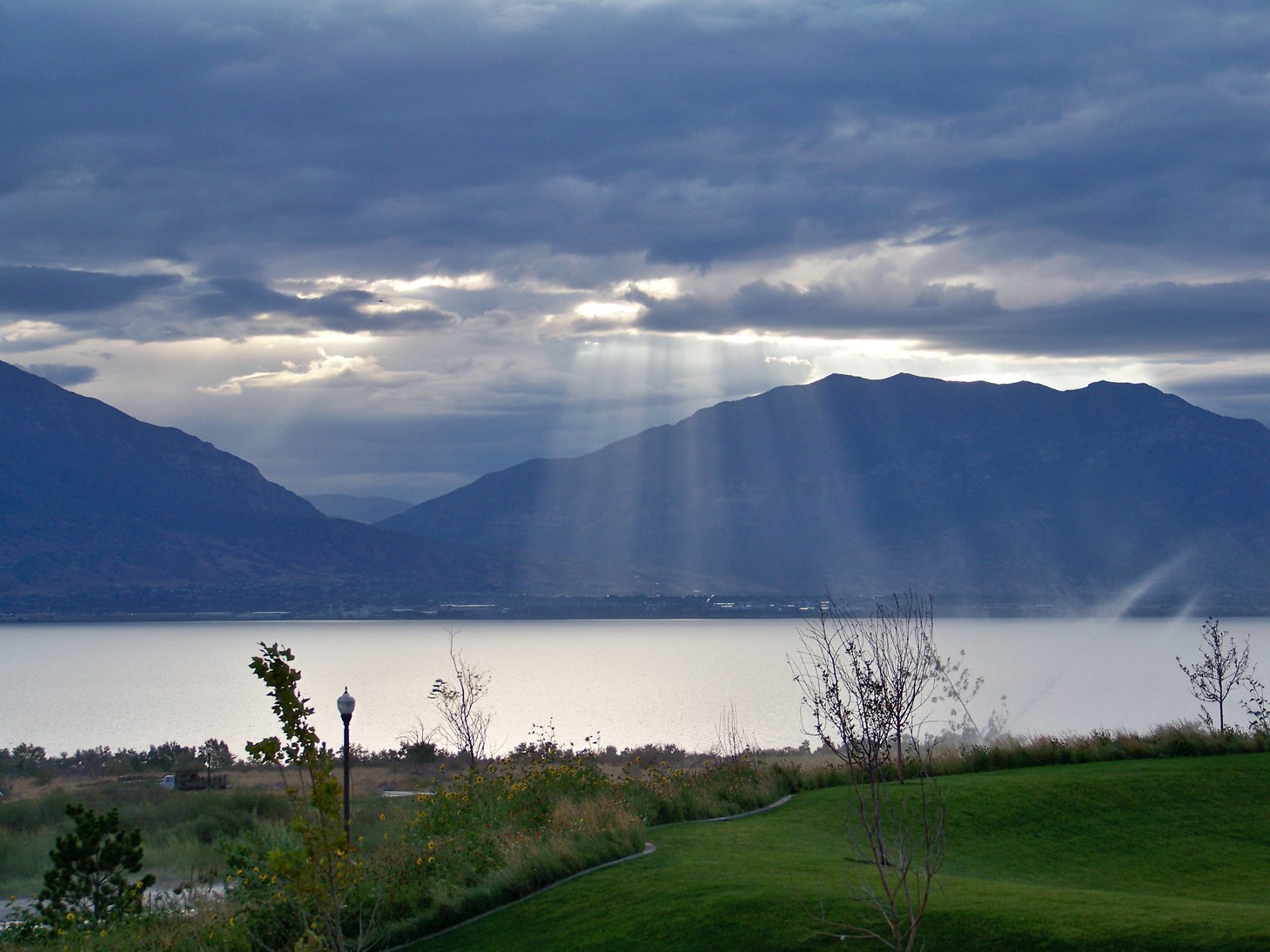Health inspectors or like our partners to the South, registered sanitarians need to keep abreast of evidence based food safety publications to provide the most accurate and up to date information to the public. It is apparent that regulatory bodies tend to push certain food safety practices without them ever be questioned. For instance, are chemical sanitizers really the best way to go in terms of bacterial log reductions on food contact surfaces? Restaurant inspectors constantly push for the use of chlorine or quaternary ammonia as the chemicals of choice for sanitation. Yes, they do work, but what about vinegar. I read an interesting article from Pete Snyder comparing quaternary ammonia, vinegar, and water on cutting boards1. The paper states wiping a surface with a clean cloth soaked in vinegar is a very effective sanitizer. Furthermore, that vinegar should be approved as a sanitizer for food contact surfaces.
One critical item that restaurant inspectors take note of is whether or not an establishment is using an approved sanitizer. Half of the time there is no sanitizer, but when there is, the concentration tends to be too strong i.e. >500 ppm available chlorine. Other times, the sanitizer solution is often mixed with a detergent rendering it ineffective. Restaurant inspectors need to take the time to check these critical control measures to ensure the restaurant operator is aware of these issues. A simple 5-7 minute inspection certainly will not suffice and in my opinion is a grand waste of time. That’s like making a fantastic, time worthy meal, and wolfing it down in minutes instead of enjoying it. I’m Italian, I enjoy food.
KGBT 4 reports:
Noe’s Restaurant on 190 West Robertson in San Benito has a lengthy history on Food 4 Thought. The first dirty dining report we exposed at the location dates back to 2005 with 36 demerits. Noe’s scored 33 demerits back in December of 2009. That’s why the food patrol looked a little closer at the restaurant’s latest inspection report when it was discovered Noe’s scored zero demerits.
At the top of each health report, an inspector is supposed to log the start and end times to complete each report. Noe’s inspection was finished in just seven minutes. San Benito’s Code Enforcement Director, John Rodriguez Jr., admitted seven minutes was an “improper” time. He said it should have taken a minimum of thirty minutes to do a proper, thorough check of all 27 critical items established by the state.
1.Snyder, Peter. The Microbiology of Cleaning and Sanitizing a Cutting Board. Hospitality Institute of Technology and Management, 1997.
 The Salt Lake City Tribune reports that a boil-water advisory will remain in effect for residents of Northern Saratoga Springs (right, exactly as shown) after at least seven people were stricken by Campylobacter.
The Salt Lake City Tribune reports that a boil-water advisory will remain in effect for residents of Northern Saratoga Springs (right, exactly as shown) after at least seven people were stricken by Campylobacter.
.jpg)
.jpg)
.jpg) New molecular laboratory findings from the Centers for Disease Control and Prevention provide a firm link between an outbreak of Campylobacter diarrhea that occurred in Southcentral Alaska this summer and eating uncooked peas grown in Alaska.
New molecular laboratory findings from the Centers for Disease Control and Prevention provide a firm link between an outbreak of Campylobacter diarrhea that occurred in Southcentral Alaska this summer and eating uncooked peas grown in Alaska.